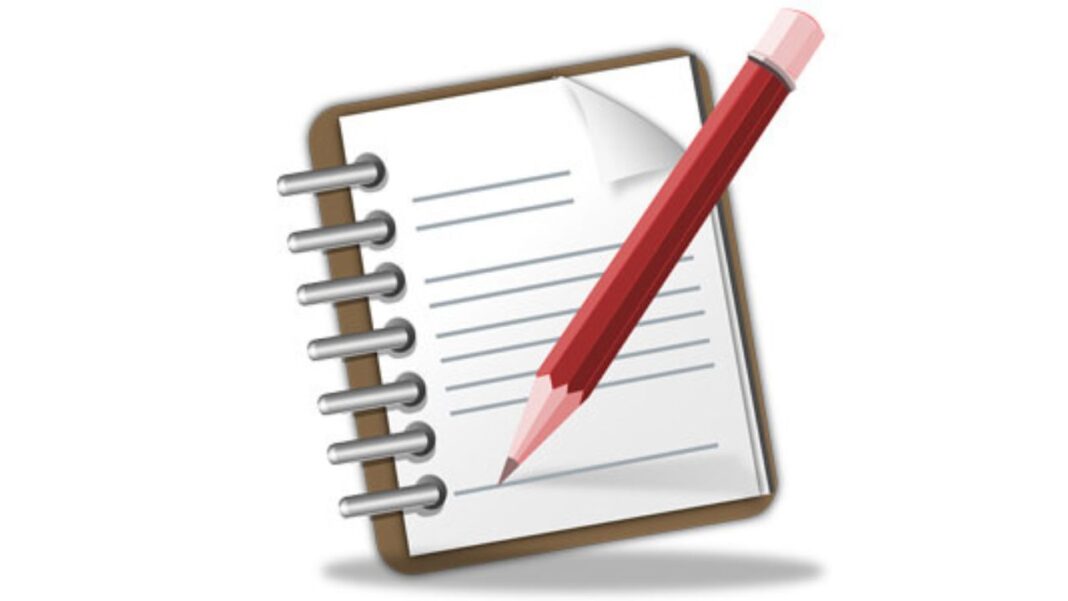In the digital age, the value of transcribing audio to text cannot be overstated. From academic research and media production to legal proceedings and medical reports, transcription is pivotal in facilitating communication, comprehension, and data accessibility. Not only does it cater to various learning styles, but it also improves SEO, ensures content accessibility, and assists in data analysis. This guide aims to enlighten you on the best practices and techniques to transcribe audio effectively.
Preparing for Transcription
Before embarking on transcription, it is crucial to have the necessary equipment and software. A quality pair of headphones, a computer, and transcription software (like Express Scribe or oTranscribe) are basic necessities. Remember, good audio quality significantly eases the transcription process. Therefore, always strive for clear, high-quality audio recordings and consider using noise-cancelling headphones for better results. Additionally, it’s helpful to organize your audio files categorically — based on topics, speakers, or date of recording — to ensure an efficient workflow.
Choosing the Right Transcription Method
There are mainly two transcription methods: manual and automated. Manual transcription involves a human transcriber listening to the audio and typing out the content, which is time-consuming but usually results in high accuracy, especially with complex or technical audio. Automated transcription, on the other hand, uses voice recognition software to generate text. It’s quicker but may struggle with accents, multiple speakers, or technical jargon. Thus, choose your method based on your priorities, whether they lie in speed, cost, or accuracy.
Transcription Techniques and Best Practices
The transcription process typically consists of four steps: listening to the audio, transcribing the content, editing for errors, and finally, proofreading for accuracy. To increase your transcription speed and efficiency, consider adjusting the audio playback speed or using keyboard shortcuts. Contextual understanding, proper punctuation, and consistent formatting are also vital in creating a coherent and readable transcription.
Overcoming Challenges in Audio Transcription
Transcription is not without its challenges. You might encounter background noise, heavy accents, or unclear speech that can make understanding the audio difficult. In such cases, slow down the playback speed, repeat challenging segments, and use noise-reduction tools if necessary. For specialized or technical content, familiarize yourself with relevant terminologies beforehand or consult an expert to ensure accuracy.
Reviewing and Quality Assurance
The work isn’t over once you’ve finished transcribing. Reviewing and proofreading are integral for ensuring high-quality transcriptions. Watch out for errors in grammar, spelling, punctuation, and formatting. Using spell-check tools or grammar software can further enhance the quality of your transcription. And always remember, quality assurance is an ongoing process.
Conclusion
While the process of transcribing audio to text can be complex, applying the right techniques can significantly ease the task. Gathering the right tools, choosing the right transcription method, adopting efficient transcription techniques, overcoming challenges, and conducting thorough reviews are all steps toward producing accurate and reliable transcriptions. Mastering these skills not only improves your transcription capability but also contributes to the broader realm of information accessibility and digital communication.











